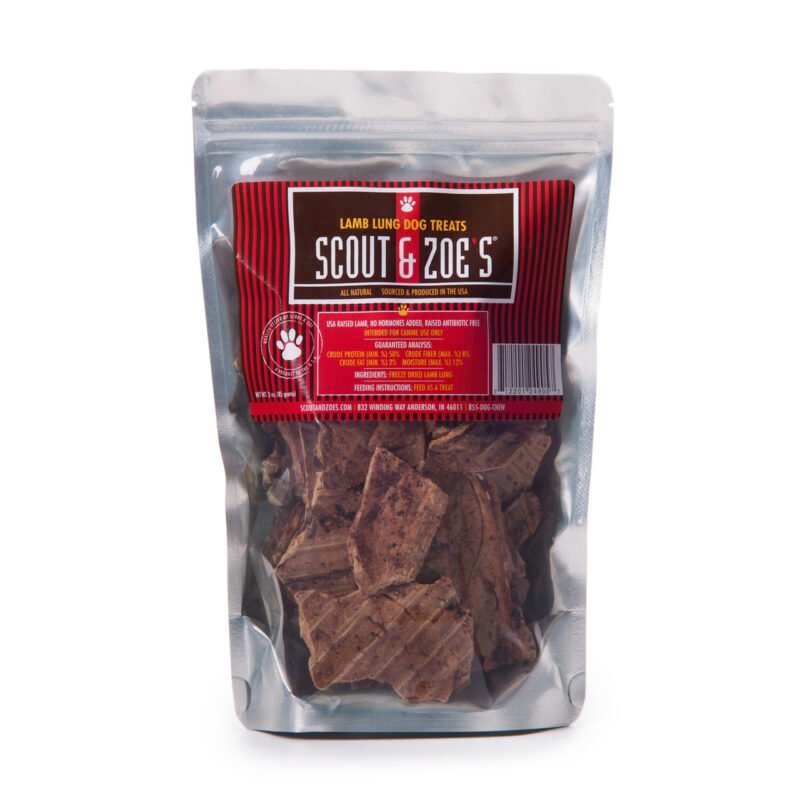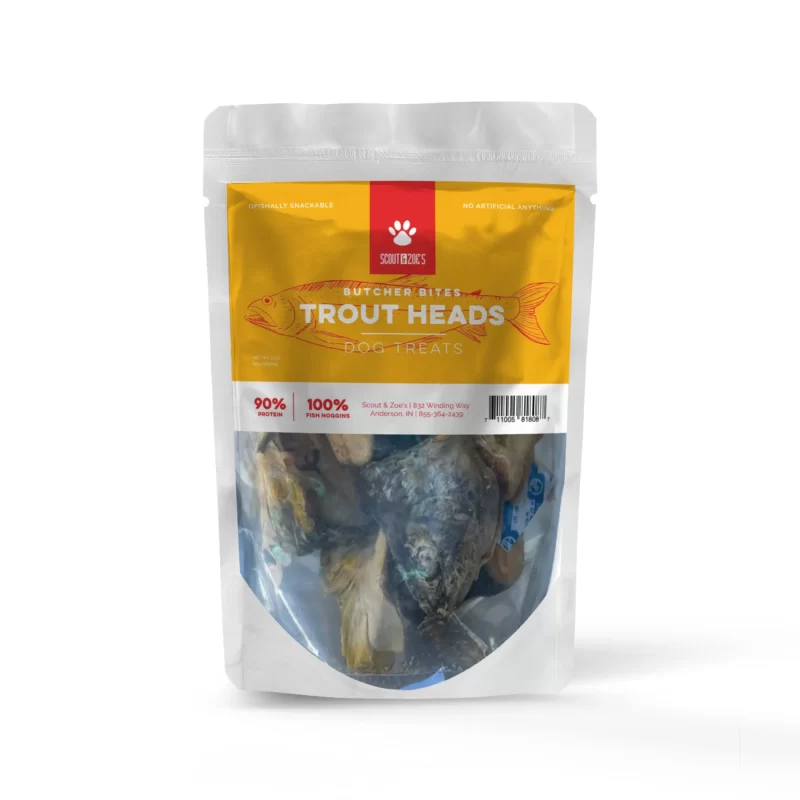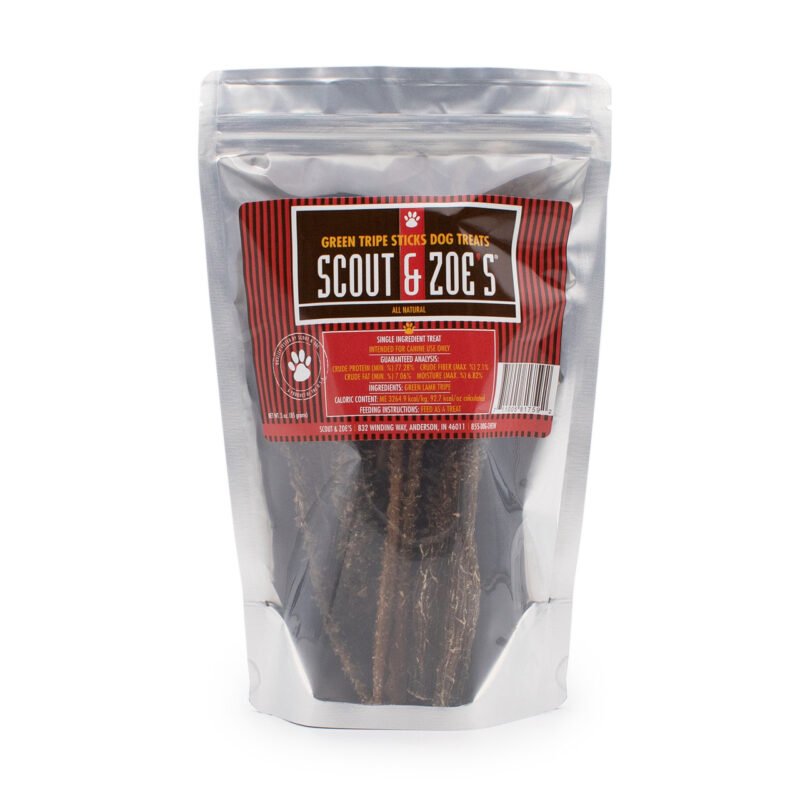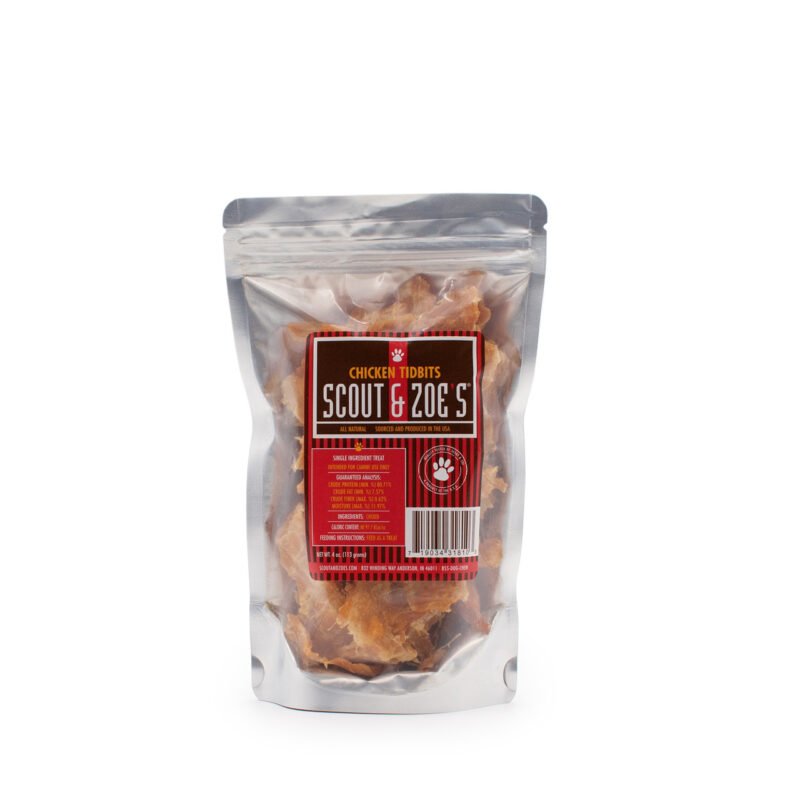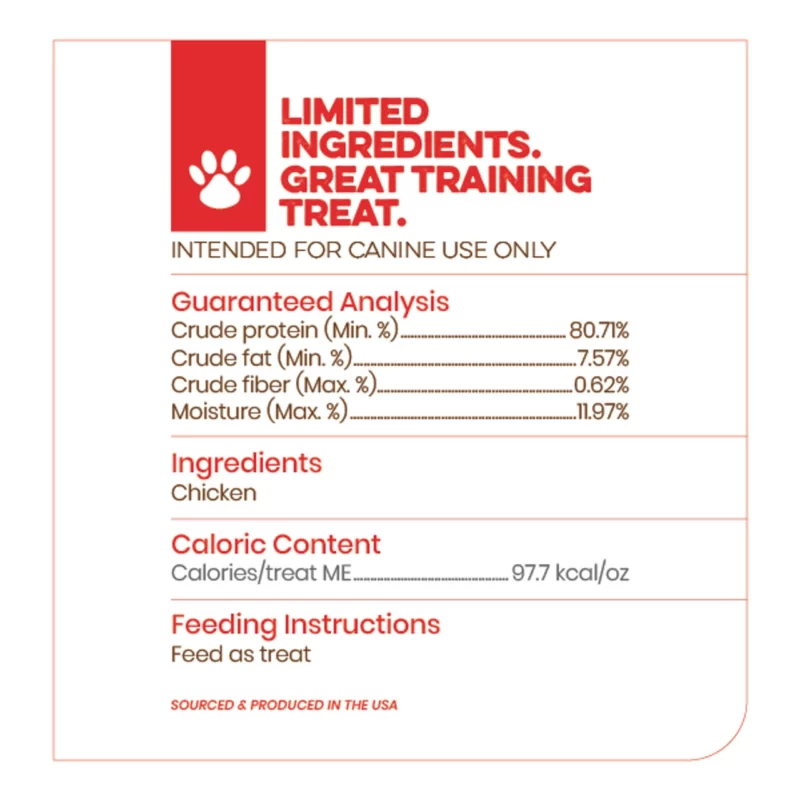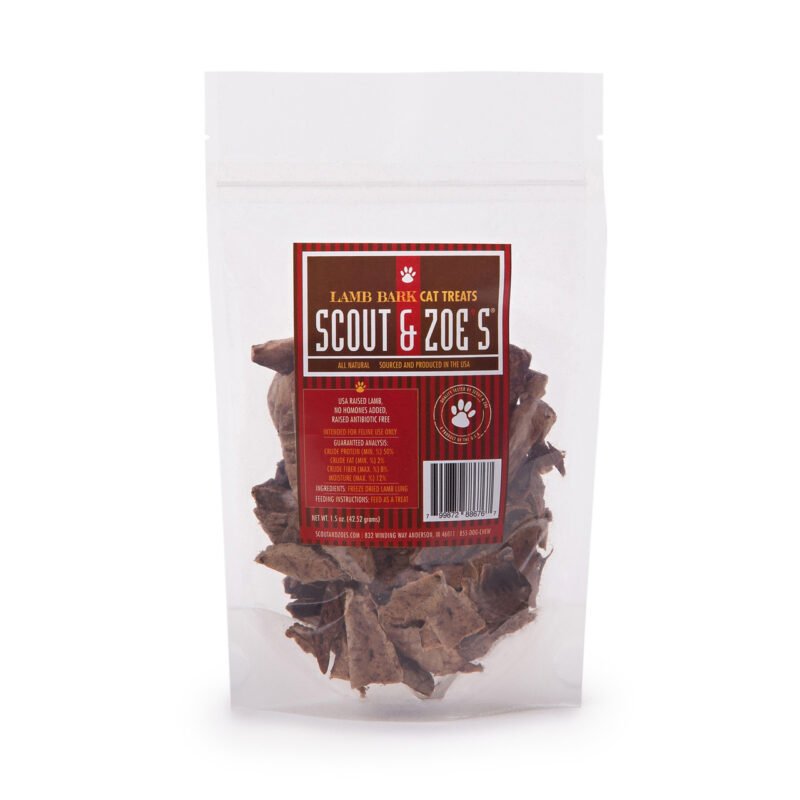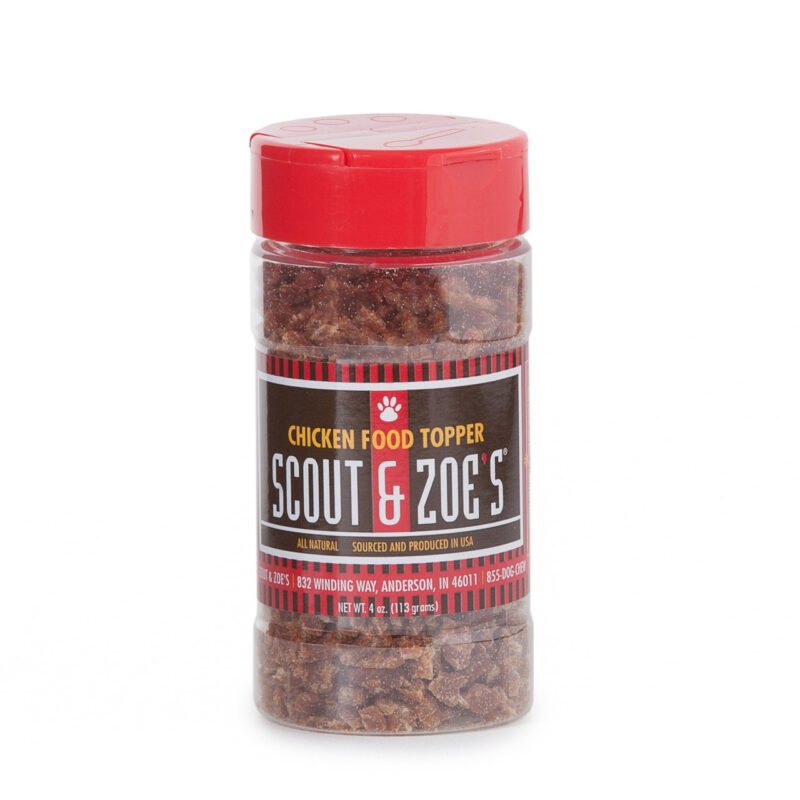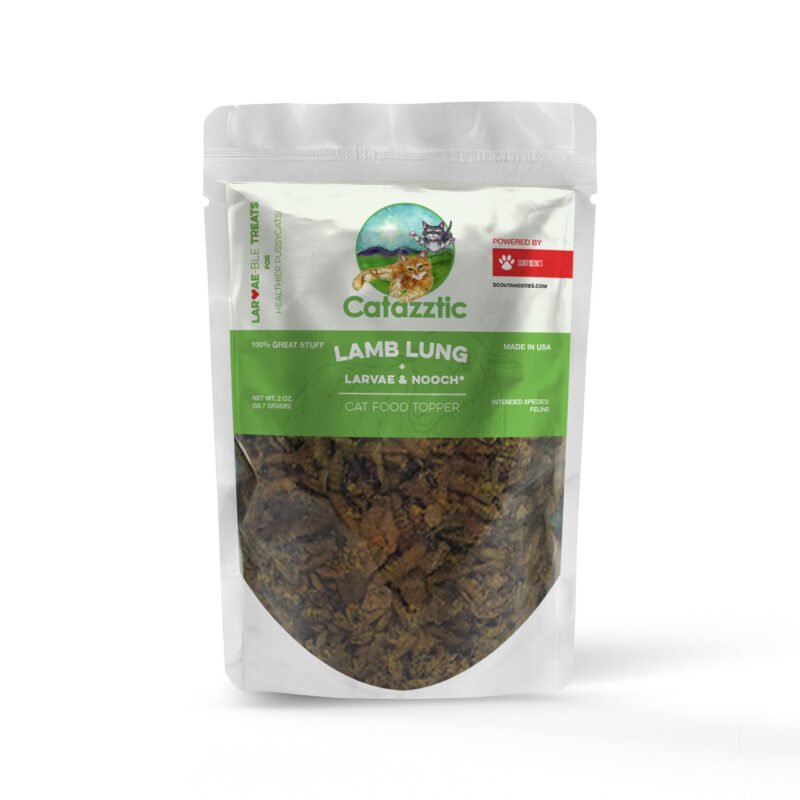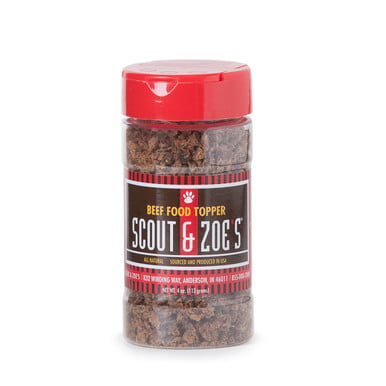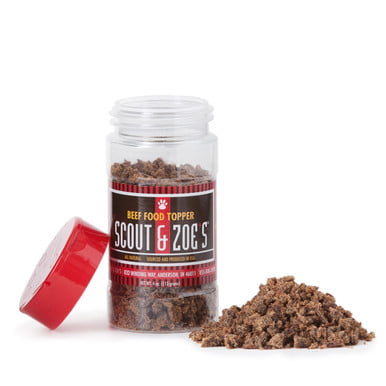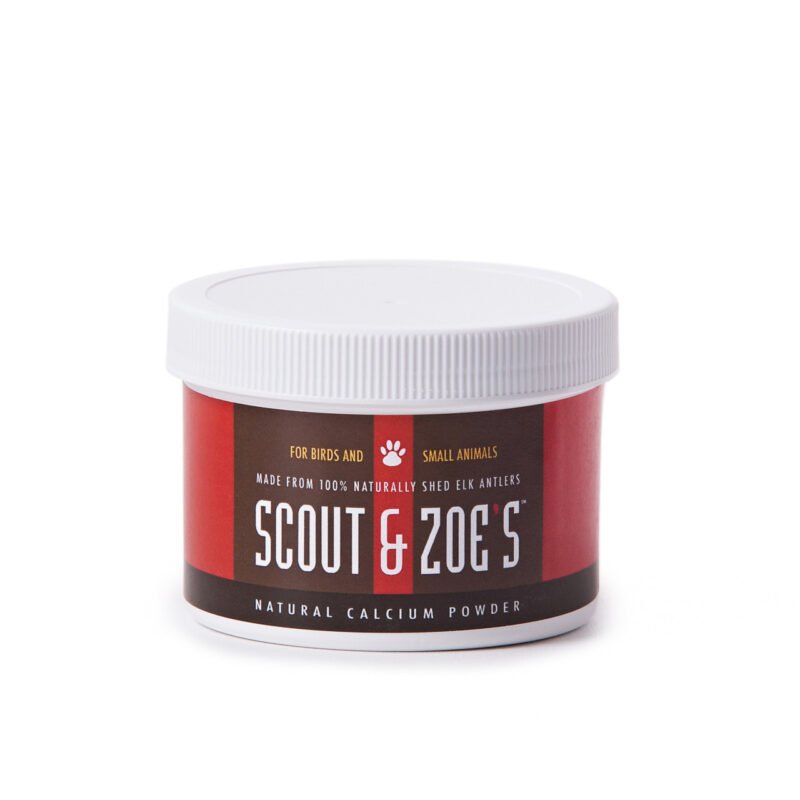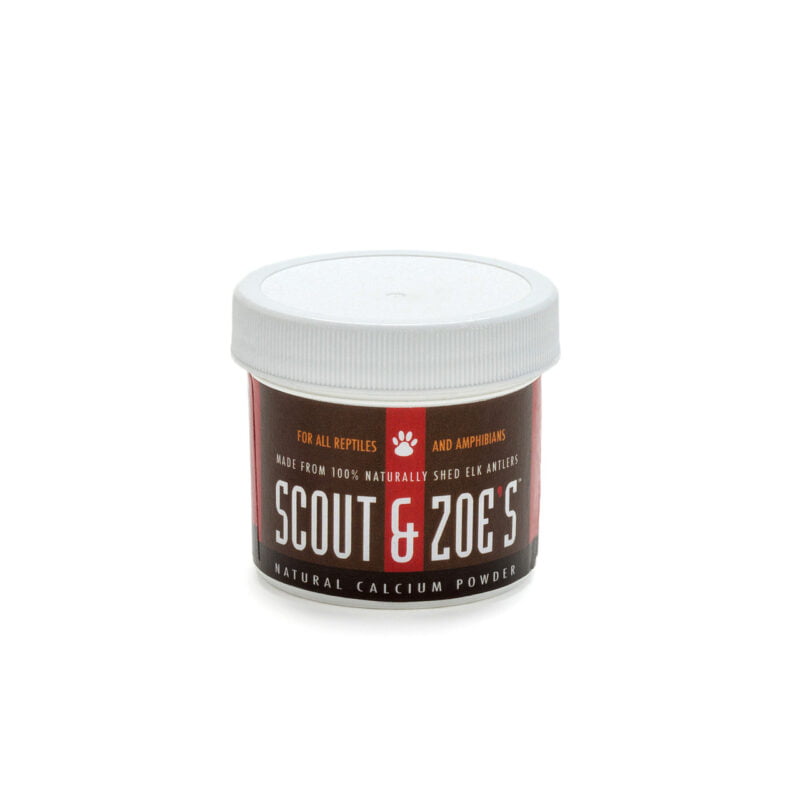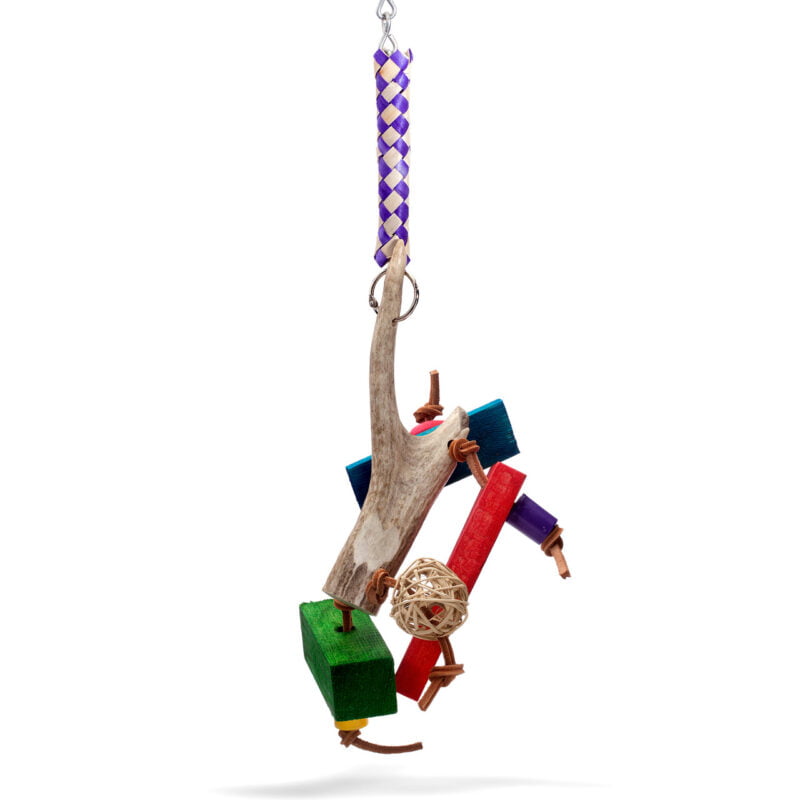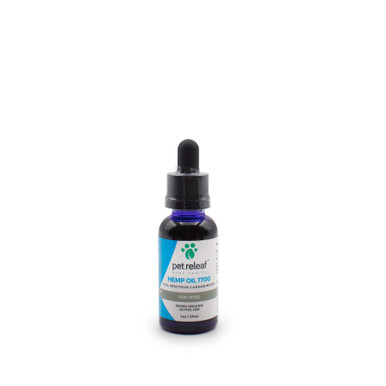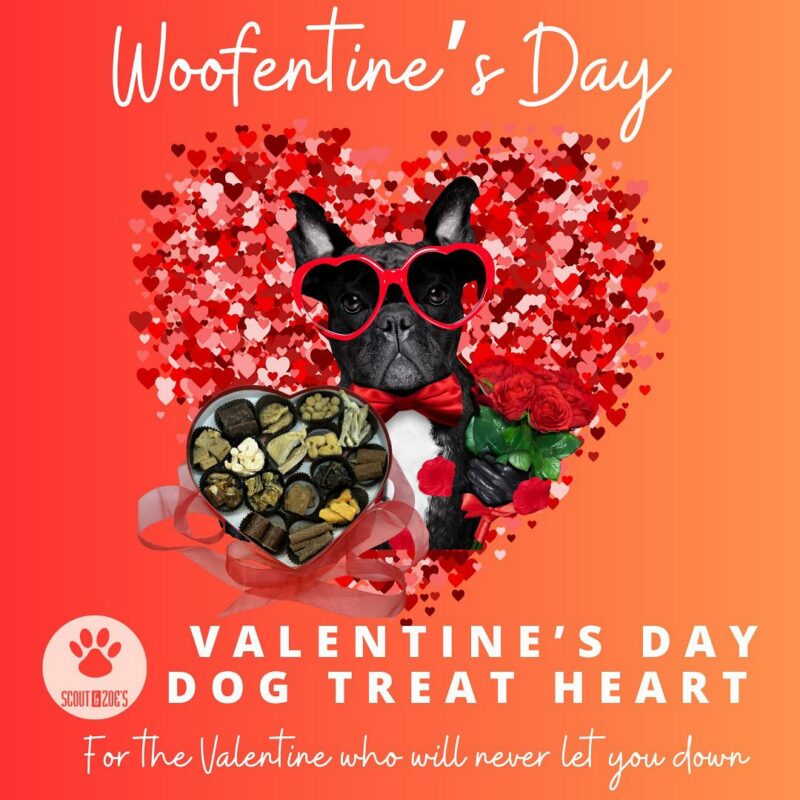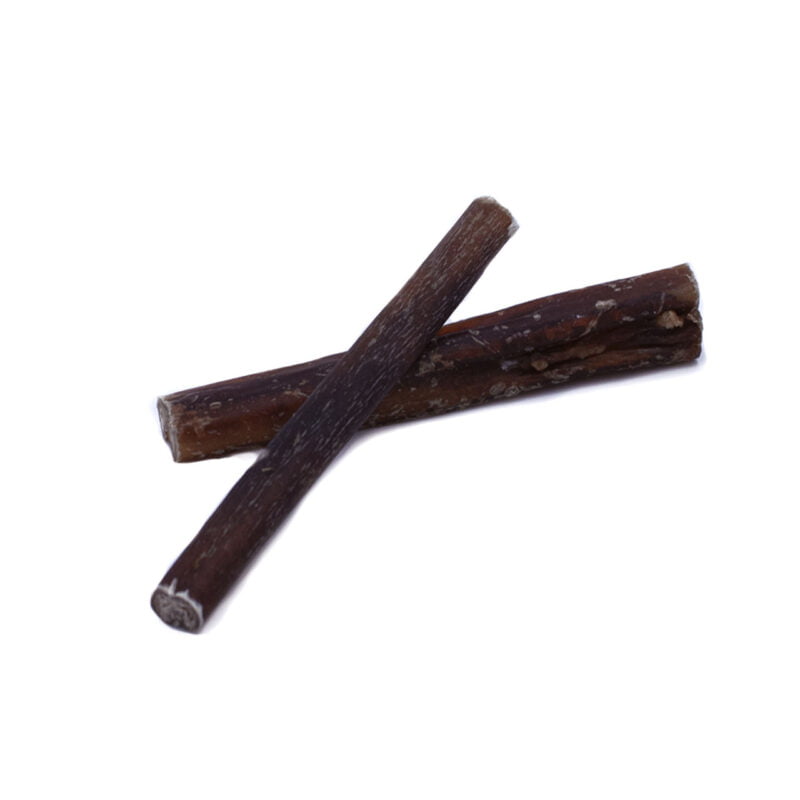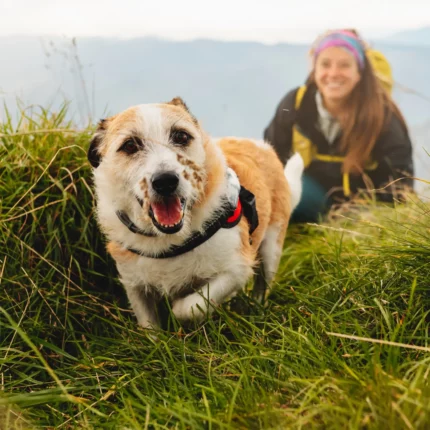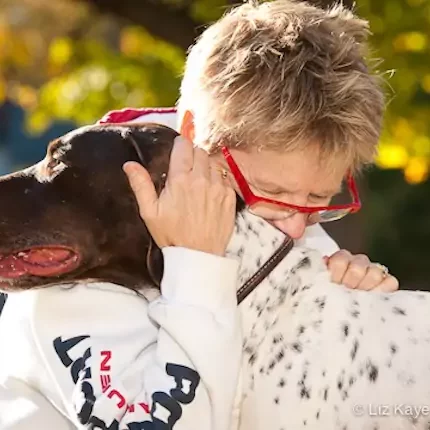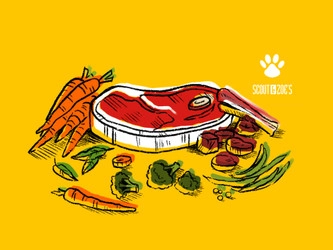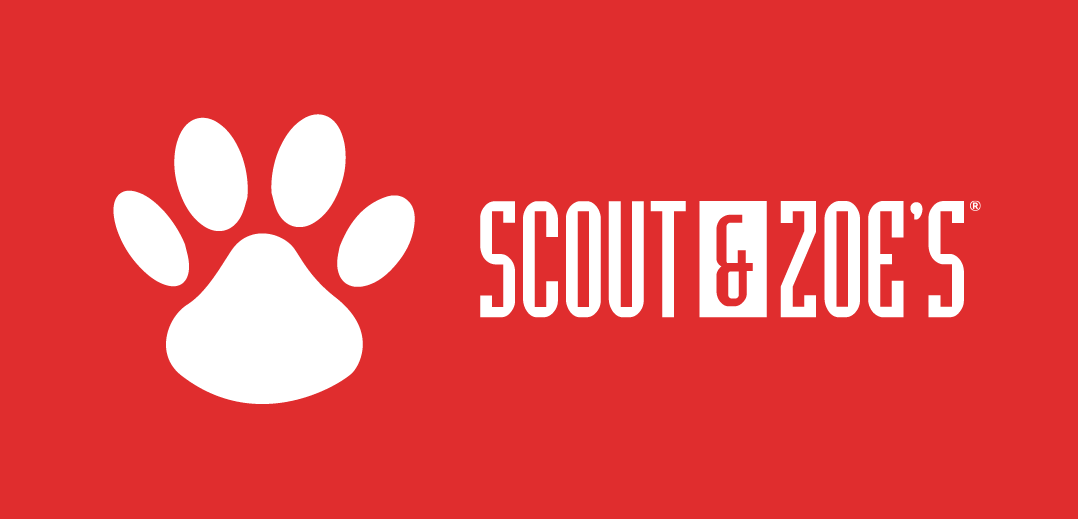For me, it was a simple choice. I tried all sorts of commercial dog foods, and the result was the same. Diarrhea. Whether wet or dry, gurgling tummy would be quickly followed by a whole lot of gross that hopefully happened outside.
That all stopped when I started feeding my pups a raw food diet.
Since I began offering raw food products through Scout & Zoe’s, I have been asked a lot of questions about the health and safety, benefits and dangers, and the overall how to go about introducing dogs to raw feeding as well as novel proteins. So, I wanted to serve up some answers based on my experience.
Should dogs eat raw meat?
I’m not going to say that a raw diet is the one-size-fits-all solution to every digestion problem facing dogs. However, raw meat helped solve my doggies’ digestive dilemmas. All of my doggie family members have seen so many benefits from raw feeding:
- No more toxic waste, gaseous emissions (thank goodness)
- Fewer eye boogers and mucus secretions from their eyes
- Better breath
- They stay hydrated for longer
- Healthier poop—smaller and less-smelly
- Shinier and healthier coats
Raw food is less processed and therefore easier to digest than traditional, grain-based food for my pups, and raw meat gives their bodies the amino acids and other critical elements only nature can provide, rather than the artificial nutritional additives in dry foods.
It’s as close as you can get to what your little wolf-like guy or gal would have eaten living in the wild. That’s why raw feeding is also referred to as an ancestral or species appropriate diet.
Are there any dangers to feeding my dog raw chicken, fish, deer, beef, etc.?
All raw foods come with their own bacterial risks, even for humans. But raw meat is something your dog’s stomach was made to handle. The cleanup is what’s important. After every meal, I use hot, soapy water to thoroughly wash my dogs’ food bowls and any utensils I used in meal prep. If you have dish soap and a sponge, you have all the tools you need to keep raw feeding safe for you and your pooch.
Where do I start? What is the raw feeding process?
Especially if you have a puppy, the best place to start is by talking to your vet or asking your vet to recommend a pet nutritionist who specializes in canine diets. There are also many groups that share raw feeding knowledge on the internet and Facebook. I learned a lot in a very short period of time participating in these groups and asking questions.
Once you start, keep an eye on your pupper. You should see positive effects, but if you see things like lethargy or diarrhea, this may not be the diet for your dog.
What are some good raw meats or raw food options?
The easiest place to start is with something like our Beef with Veggies Chophouse Raw Grind. It’s a balanced blend of all the proteins, vegetables, organs and bones your pet needs. However, if you want to go the more do-it-yourself route, balance is the key. Raw diets alone need fruits and veggies to attain the right mix of proteins, fats, vitamins, and minerals. Pet recipe books can be a good way to find that balance, but definitely experiment!
Another important factor is to try new proteins. Some believe rotating the protein can prevent allergies from developing. Scout and Ziva fell in love with a number of different raw grinds, duck necks, and our Fish on A Mission® Asian Carp products. They also like asparagus, green beans, carrots, cauliflower, and broccoli. I add fruits to their diet that are high in antioxidants. It all works together to improve coats, itchy skin, as well as bone and joint health, and brain development.
Be sure to do your research and know what you can and shouldn’t feed your dog, as there are many fruits and veggies that the American Kennel Club lists as toxic for pets (such as grapes, raisins, raw potatoes and raw onions).
How much food do I use? Is there a raw food diet calculator?
The simplest calculation is 2-3% of your dog’s body weight, daily.
Why do you sell raw Asian Carp?
Asian carp are an invasive species whose overpopulation is threatening our Great Lakes. We’re trying to solve this ecological issue by using them as a novel protein—a meat dogs have not been exposed to and are less likely to be allergic. They are all wild-caught and minimally processed so they are in the most natural state we can offer. Like many of our products, they are single ingredient with no additives or fillers.
Any final words?
I’m a big proponent of providing the best diet you can afford for your pet.
If you want or need to stay with a kibble product, read the ingredients label to see what is in the food you are feeding your best friend. If it reads like a science lab, you might want to change foods to something that has many of the ingredients that you would find in your kitchen like beef, chicken, green beans, carrots, etc.
A raw food diet isn’t the only path to making your dog as healthy and happy as doggilly possible, but it’s done wonders for mine.
References:
- Digestion information came from: University of Illinois College of Agricultural, Consumer and Environmental Sciences. (2018, August 23). Fresh and raw diets for dogs may have health benefits, study says. ScienceDaily. Retrieved February 5, 2020 from www.sciencedaily.com/releases/2018/08/180823171030.htm
- Online group for pet nutrition: www.Pets.WebMD.com – https://pets.webmd.com/dogs/guide/raw-dog-food-di…
- Toxic food info: American Kennel Club: https://www.akc.org/expert-advice/nutrition/fruits-vegetables-dogs-can-and-cant-eat/
- Asian carp problem: Chicago Tribune: https://www.chicagotribune.com/news/environment/ct-asian-carp-lake-michigan-20190624-3xlzpg24snf2bbsiajujlawnfy-story.html

